Transport over larger distances
Respiration - AQA Synergy
All living cells respire. This process releases the energy stored in glucose for life processes. Aerobic respiration occurs in the presence of oxygen, whilst anaerobic respiration occurs without it.

Exchange surfaces and transport systems - AQA Synergy
Most animals and plants consist of different types of cells organised as tissues, organs and systems. The human respiratory system is a body system adapted for efficient gas exchange.
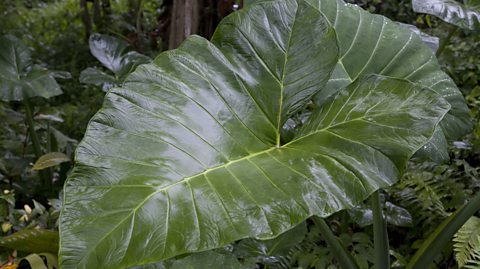
The digestive system - AQA Synergy
The major nutrients required for a healthy diet are carbohydrates, proteins and lipids. The digestive system breaks down large molecules of food, which are then absorbed into the bloodstream.
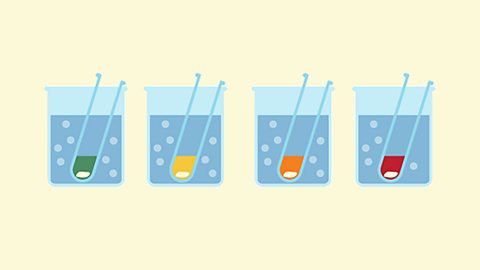
Coordination and control - AQA Synergy
The nervous system enables humans to react to their surroundings and to coordinate their behaviour. The endocrine system secretes hormones into the bloodstream from glands throughout the body.
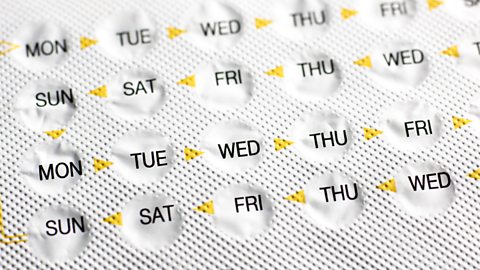
Plant organisation - AQA Synergy
Plant cells, tissues and organs are adapted to their functions. The stem, root and leaves form an organ system that transports substances into, around and out of a plant. The leaves are the main organ of photosynthesis.
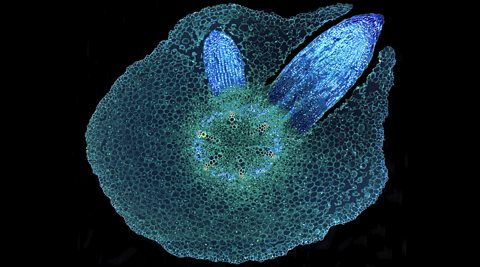
Photosynthesis - AQA Synergy
Plants use energy from sunlight to convert carbon dioxide and water into glucose and oxygen during photosynthesis.
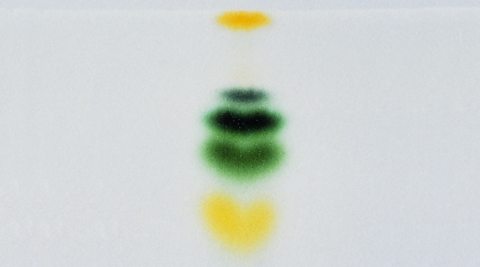
Plant diseases - AQA Synergy
Plants can become infected with pathogens such as the tobacco mosaic virus and the rose black spot fungus.
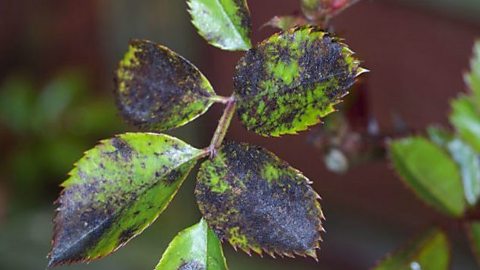
Sample exam questions - transport over larger distances - AQA Synergy
Understanding how to approach exam questions helps to boost exam performance. Question types will include multiple choice, structured, mathematical and practical questions.
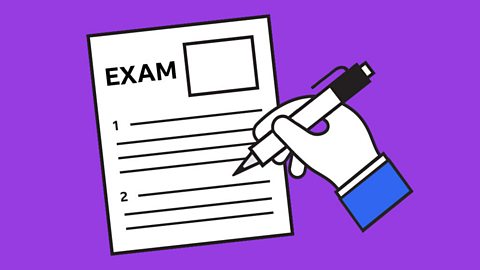
Links
- External linkExternal link
- External linkExternal link
- SubscriptionSubscription
- External linkExternal link
- External linkExternal link
- SubscriptionSubscription
- External linkExternal link
- External linkExternal link
- SubscriptionSubscription